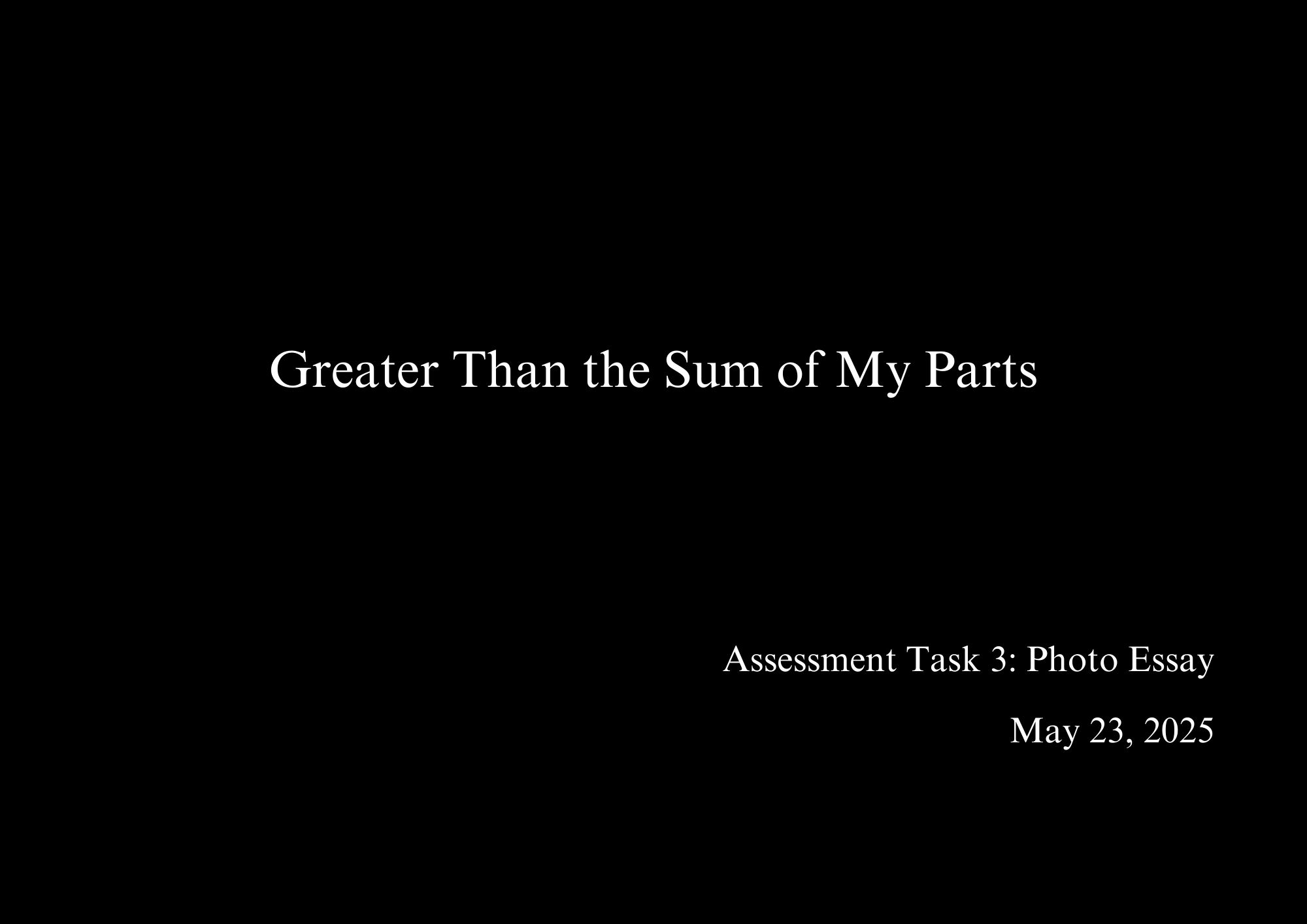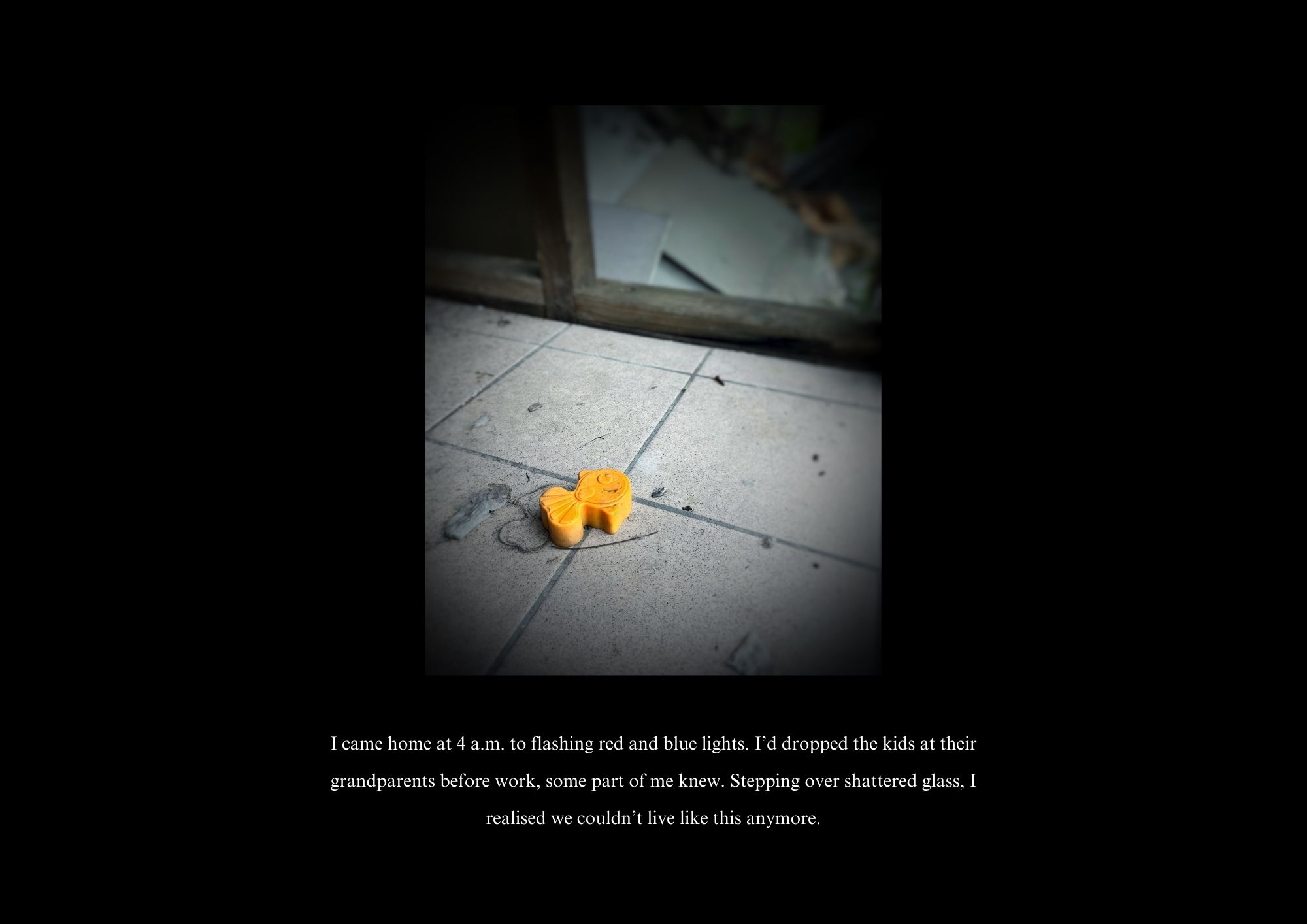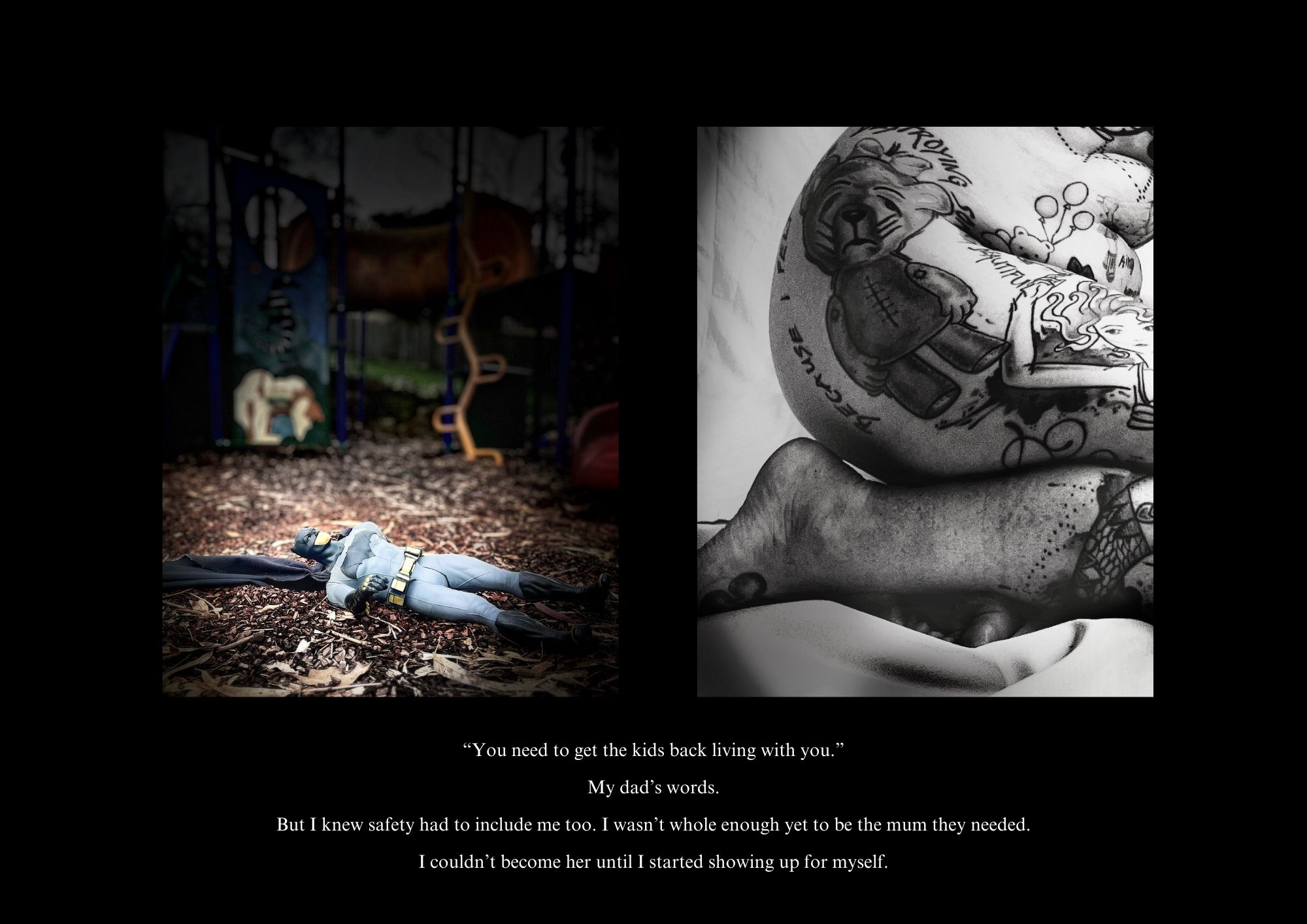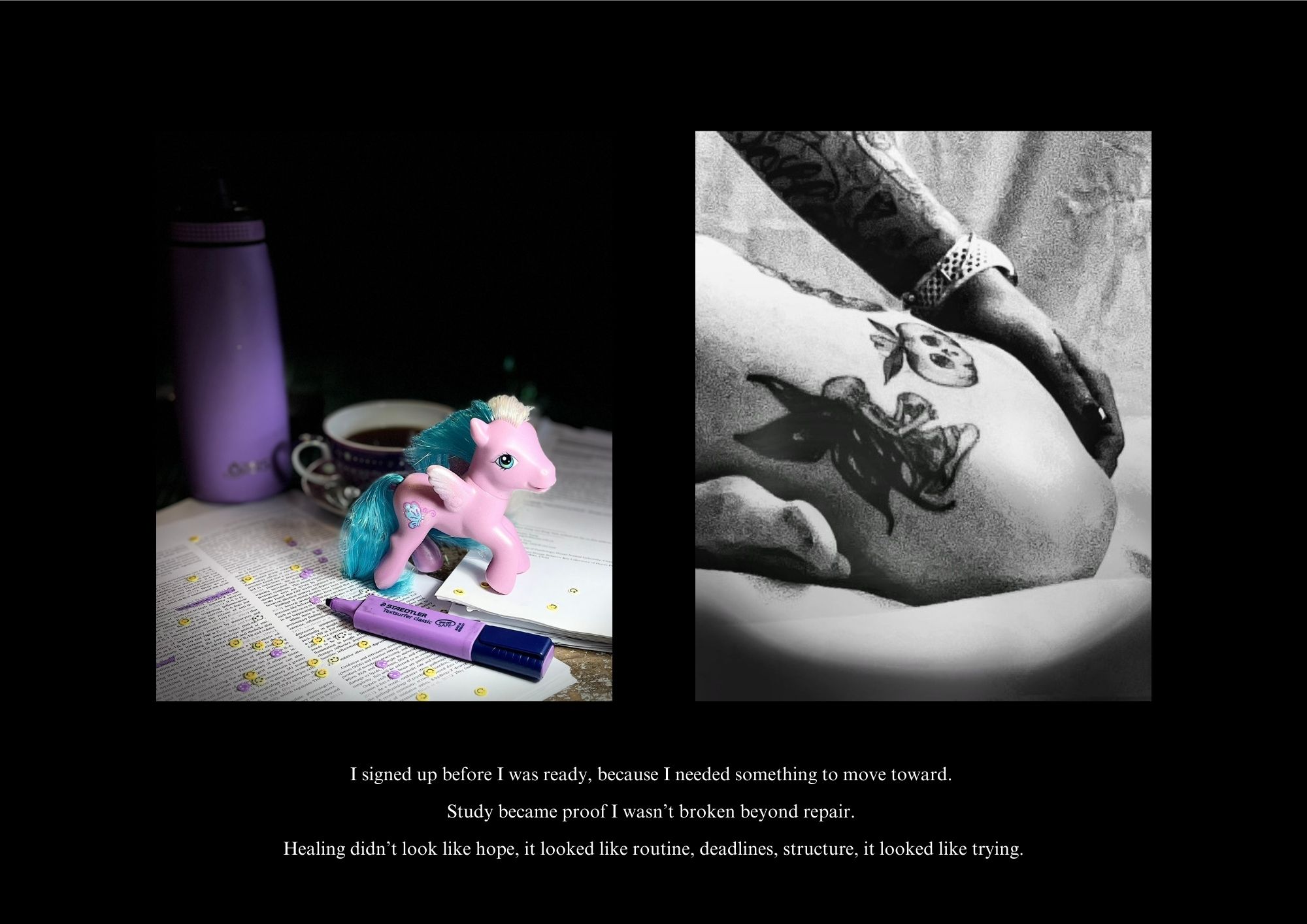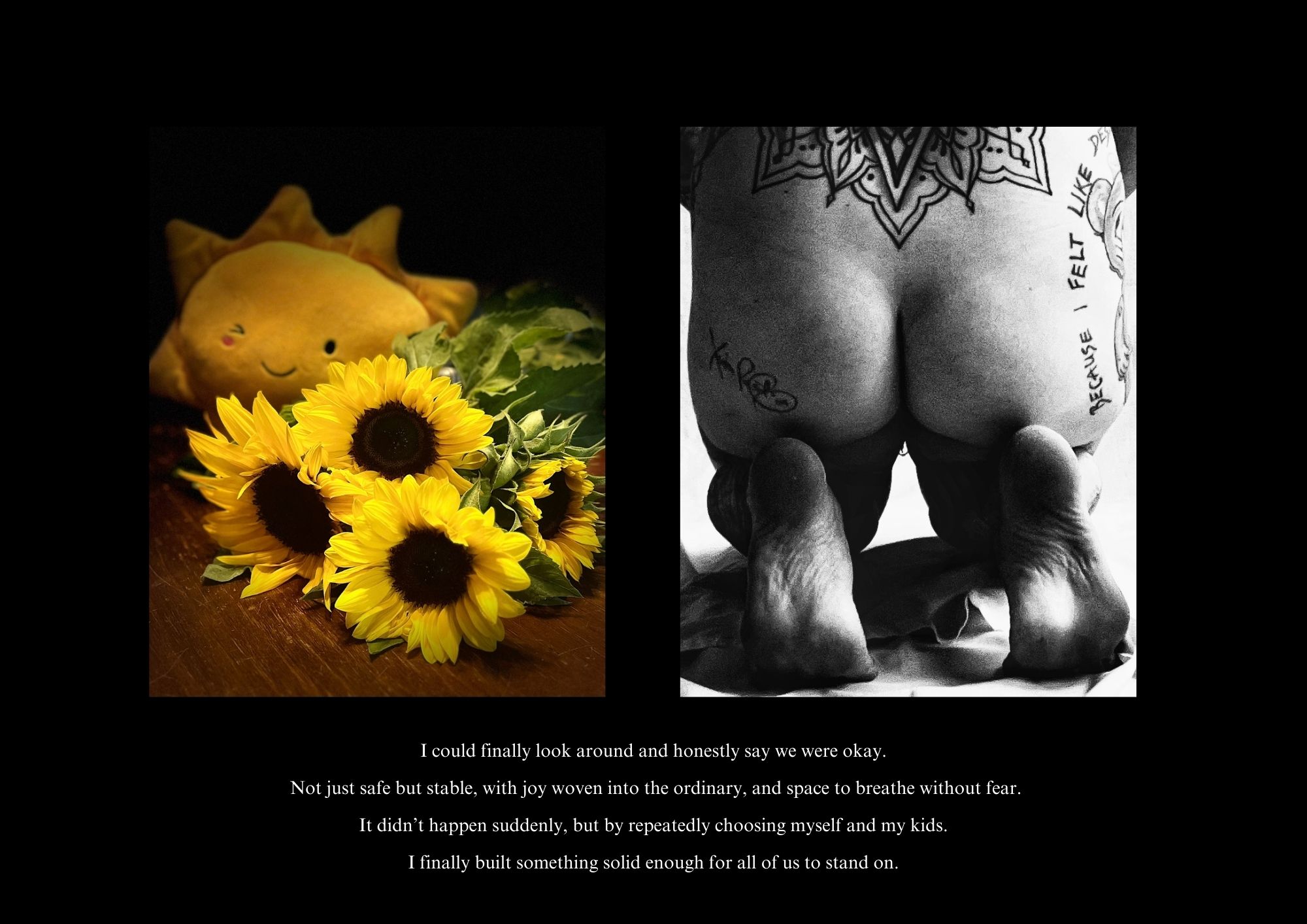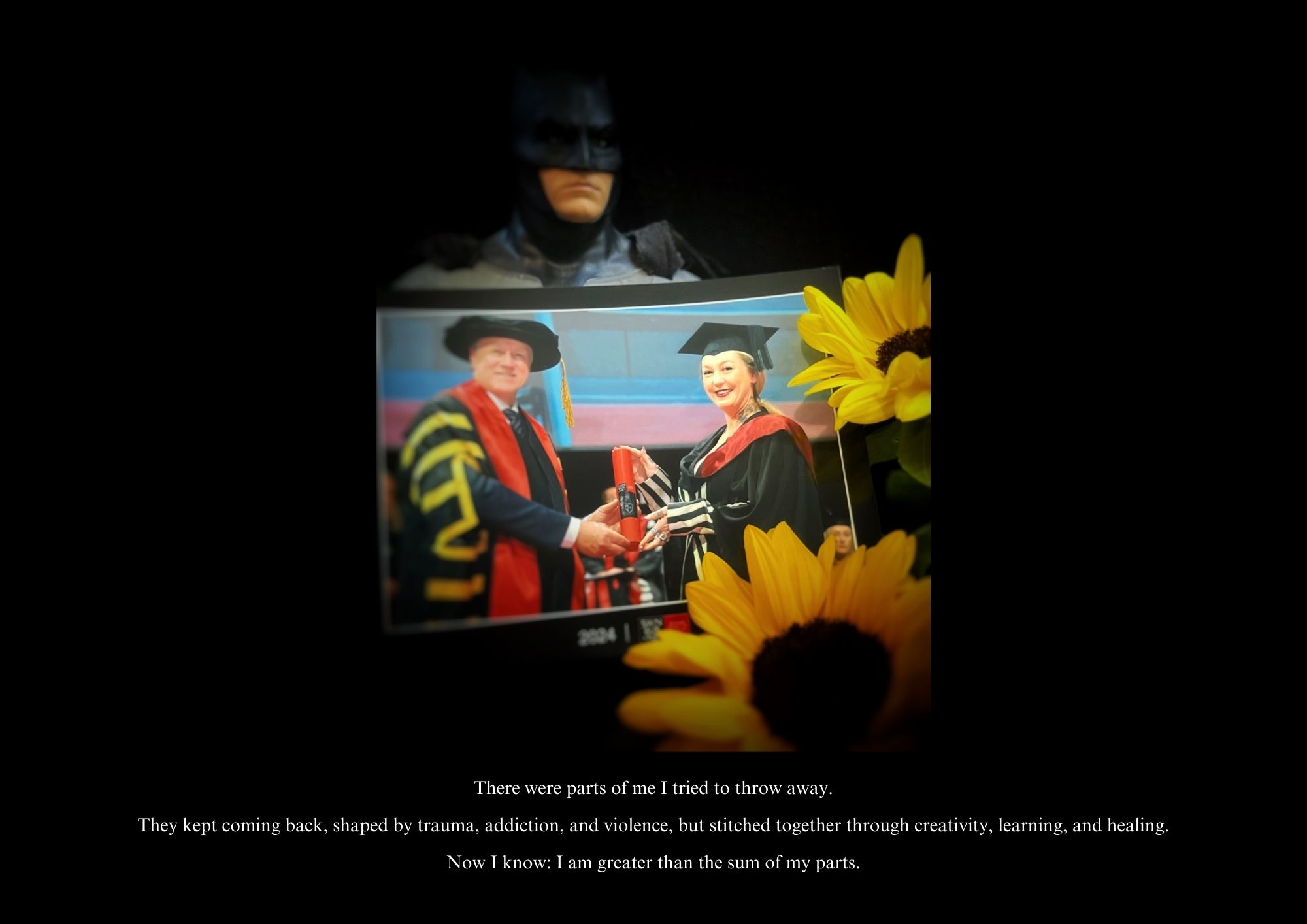Turning the Lens Inward: A Photo Essay on Recovery and Resilience
When I first set out to create this photo essay, I thought I’d focus on broader social issues, housing, homelessness, and the big-picture challenges that affect community well-being. But something wasn’t clicking. Every time I tried to create, I hit a wall: the images felt disconnected, too distant from my own experience to hold any real emotional weight.
It wasn’t until I turned inward that things started to shift. By focusing on my own story, my recovery from domestic violence, substance use, and the layered impacts of trauma, I found a sense of creative flow that had been missing. This project became a way to reconnect with myself, explore my journey with honesty and vulnerability, and process emotions I’d sometimes struggled to put into words.
Art has always been my way of making sense of chaos, and in revisiting my old visual diaries, I found a raw, layered record of my healing. That process reminded me how trauma, especially from domestic violence, can fracture memory and leave emotions tangled in ways that are hard to articulate. Through creative expression, I started to piece those memories together, finding space for meaning and healing (Carvallo, 2024; Malchiodi, 2020).
I was inspired by the idea that creativity isn’t just a skill, it’s a core instinct that supports recovery and personal growth (Carvallo, 2024). Photography allowed me to tell emotional stories through metaphor, colour, and composition (Jones, 2018). Working mindfully, I found that contemplative photography guided me toward self-awareness and reflection (Chilton & Scotti, 2014), reinforcing how arts practices sit within the arts and health space as both therapeutic and transformative.
Initially, I explored external topics, such as the housing crisis, but I felt creatively stuck. Csikszentmihalyi (1996) says a creative block often emerges when the work lacks personal meaning, and that’s precisely what I experienced. A therapy session helped me realise that to tell a story that truly mattered, I needed to make it personal. That shift unlocked something in me, and the images started to feel more authentic.
I didn’t want this essay to dwell in sadness or only highlight the darkest moments, domestic violence, addiction, estrangement from my kids. Instead, I aimed to tell a story about recovery, hope, fragility, and growth. I wanted to show the reality of carrying battle scars while still seeking light. Toys, body close-ups, flowers, and the interplay of black and white with colour helped me create emotional and narrative tension. As Leon (2017) notes, semiotic elements shape how we interpret meaning, and these choices let me express complex feelings without needing words. Surprisingly, I found writing captions instinctively, more like journaling than planning, brought me emotional clarity. This approach made the process deeply personal, sometimes confronting, but ultimately therapeutic.
Working with my iPhone brought its challenges, technical issues with framing, lighting, and portrait mode forced me to think creatively. Constraints can be a blessing in disguise; as Kleon (2012) suggests, limitations can spark new ideas. That was certainly true here. The limitations pushed me to get closer, crop tighter, and find emotional connection in fragments rather than whole scenes.One of the most significant lessons was learning to let go of perfectionism. Some of my colour and black-and-white images didn’t sit together the way I’d planned, and technical issues, like Snapseed’s vignette tool softening colour photos but not black-and-white ones, were frustrating. But adapting and problem-solving taught me to embrace imperfection and stay emotionally present (Stojcevski et al., 2023).Looking back, I see how this project evolved into more than just photography, it became about trust. Trusting the process, trusting myself, and trusting that honesty makes my work meaningful. I learned that authenticity isn’t a risk; it’s the heart of what makes my art worth sharing.
If you’re reading this, I invite you to explore the images, connect with the stories they tell, and maybe even reflect on your journey. Art is a conversation, and I’d love to hear how these images resonate with you.
